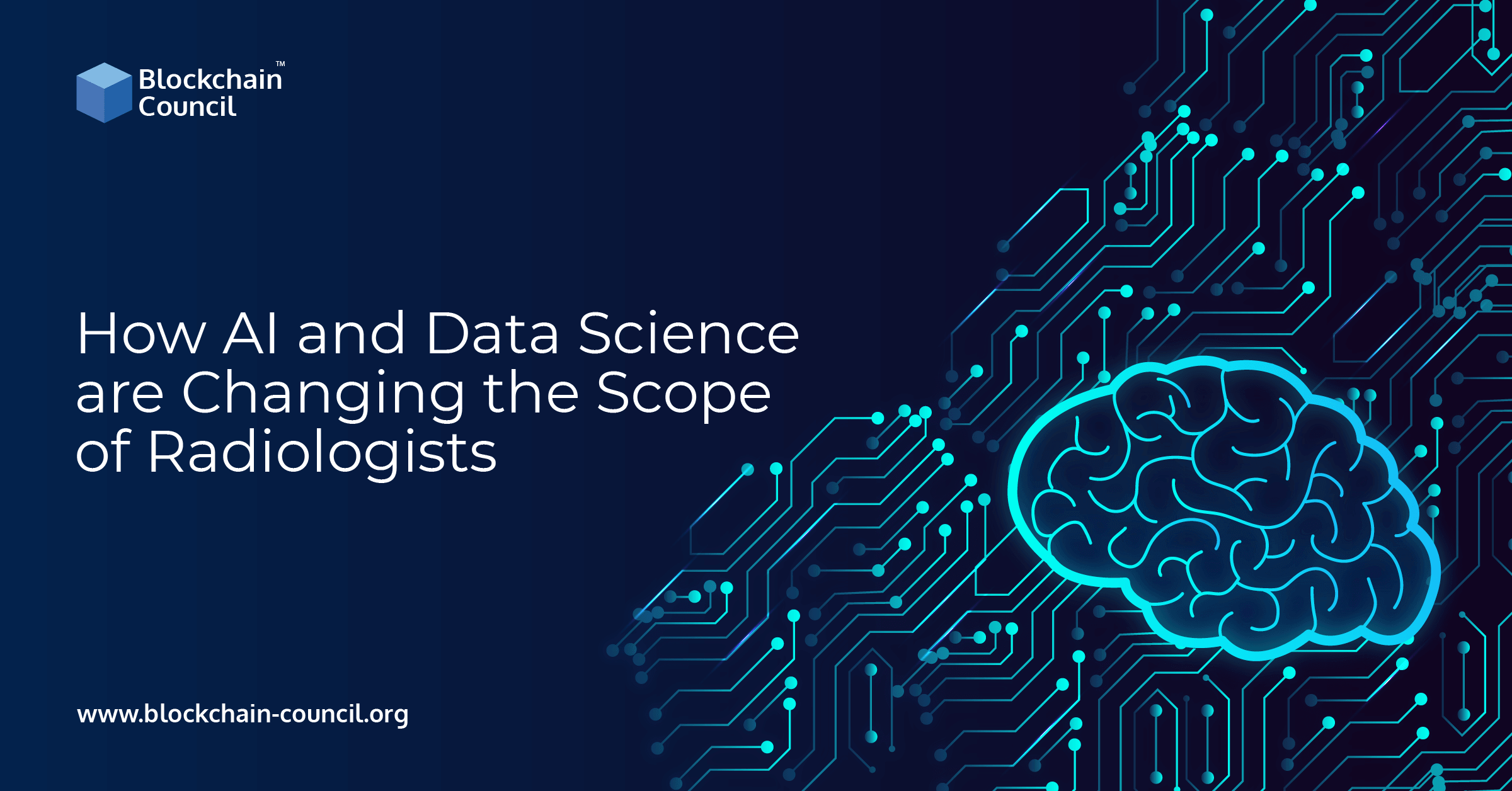
Introduction
Increasingly, radiologists are using machine learning to gather quicker and higher-quality pictures and monitor the heart’s function. For many, artificial intelligence (AI) certification will spell the boost of their careers. For example, with artificial intelligence training, radiologists can scale up their professional efficiency.
Basically, AI is redefining the function of radiologists. In fact, AI has the potential to improve patient care and save costs in the long run.
AI and machine learning are causing rapid development in radiology. Furthermore, optimists believe radiologists are well positioned to use data to improve and streamline patient care.
Changes are in store for the future
AI developers will help human radiologists due to the pandemic’s inevitable bottleneck in the short run. To put it another way, quickly identifying patients having potentially life-threatening conditions through AI-tools can be a major contributor. Lack of speedy identification and timely treatment are issues that hospitals worldwide are dealing with. Hence, AI developers working to develop and potentially help in implementation of advanced AI tools can be highly beneficial.
Motivation for a Data Science Pathway for Radiology Residents
The use of data science in radiology has the potential to rejuvenate the field. But radiologists must be ready and prepared to adapt to new practices in the future. In fact, radiologists should embrace Data science in the development of clinic-based machine learning models and applications.
Many radiology residents are showing interest in AI-ML training as a result of recent groundbreaking research of its advantages. Also, AI-ML approaches in other specialities, such as dermatology, ophthalmology, chest radiography, and neuroimaging are on the rise as well.
Moreover, there are a few colleges offering credible AI-ML courses, along with online resources. However, data science or Artificial intelligence training isn’t required to become a leader in radiology data science. But, it may serve as a better foundation for radiologists in their early careers.
A shift in the landscape of play
Shortly, we should anticipate a transition from active to proactive identification of health issues. Radiologists will be able to detect previously undiagnosed illnesses or even unknown to the patient. Thanks to AI developers.
Furthermore, doctors can discover vertebral compression fractures and cardiovascular events early on. Also, artificial intelligence certification will allow radiologists to use the tools to automate appropriate medication services.
And, it can be a game-changer for both patients and medical professionals.
Additionally, we may anticipate using artificial intelligence training to extract replicable, quantitative, and extendable data from medical pictures. New application tools and big data analytics ensure the precision and accuracy of data. Further, diagnostics can combine this data with other relevant sources, such as genetic sequencing. Hence, it allows us to move beyond prevention to develop therapies specifically tailored to each patient.
Advances in AI technology continue to open up new growth opportunities. However, Radiologists will be the first to feel the effects of these developments. For example, AI-enabled tools can automate large scale radiology activities that are tedious and time-consuming.
Radiology will not be the only sector to benefit from this development. In fact, a slew of other medical specialties and research areas will flourish as well.
Radiologist’s Day in the Office
Much has changed since the first X-ray was captured in 1895. Ultrasounds, CT scans, and MRIs are now part of the radiology industry, as are mammograms and ultrasounds (MRI). On the other hand, the work of radiologists extends well beyond the realm of simple diagnostics. Aside from collecting data from various sources, they are also responsible for compiling comprehensive reports for patients and their doctors after conducting diagnostic procedures.
They have a lot on their plate, to put it simply. More so, with the introduction of new medical-equipment, their workloads might grow. In light of this, radiologists stand to gain much from the use of artificial intelligence training in automating time-consuming operations. Hence, radiologists can concentrate on delivering better patient care as they can focus on more important tasks.
Faster Image Analysis using Machine Learning
Radiology relies heavily on medical picture registration, and AI is the ideal instrument for the job. At the most basic level, it compares two images side-by-side and identifies the differences. A good example is an MRI scan.
Hundreds of 2D photos are piled on top of each other to create a 3D image. Here, the algorithms compare pixels in the pictures and look for abnormalities, such as tumours or broken bones.
Now, Medical photos registrations have become 1,000 times quicker than previously possible by MIT researchers using a Machine Learning (ML) method. Also, using a powerful graphics processing unit (GPU), visuals may be shown in less than a second.
Healthcare in the context of Data Science
90 percent of all healthcare data is produced through medical imaging. Furthermore, the pictures are growing increasingly complex. And, in some instances, down to the molecular level in the human body. Here, radiologists may cross-reference pertinent data sets using sophisticated algorithms. Hence, it’ll improve diagnosis and treatment plans.
The use of wearable technology and genetics in diagnosing and treating cancer is one such example of how practitioners might incorporate personal health information (PHI). Further, a smartwatch’s Personal Health Information (PHI) might help doctors monitor how a patient reacts to therapy. Because of a common genomic database, physicians and radiologists will better forecast the reaction of various genetic makeups to therapies for different forms of cancer in the past.
Conclusion
Radiologists, physicians, and pathologists may benefit from AI. And artificial intelligence experts can help them better understand and treat their patients leveraging technology. Moreover, artificial intelligence training and Data Science Course is a combination of self-paced learning. Here, you get instructor-led virtual classrooms, and hands-on industry projects that cover the field’s most in-demand technologies and methods.